Top Things to Know Before Buying a Cactus Indoor Plant
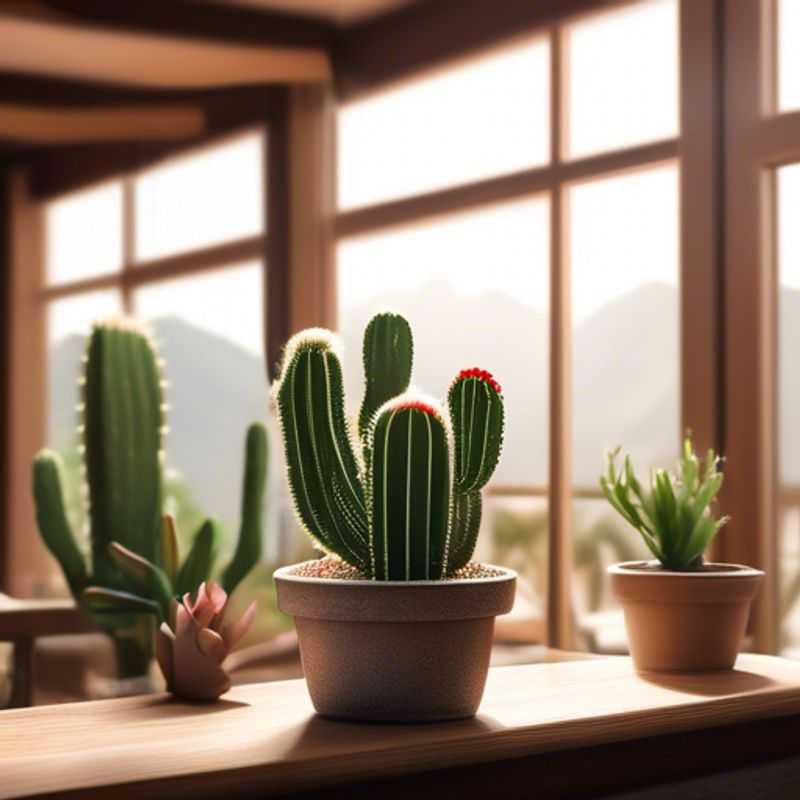
Top Things to Know Before Buying a Cactus: Size, Care Requirements, Sunlight, Watering, Pests, Soil, and Growth Habits
Hey there, plant enthusiasts! Bringing the desert vibes indoors with a cactus is a fantastic idea, but before you bring home your prickly friend, there are a few things you should know to ensure its happy and healthy life in your space.
First things first, determine the appropriate size and type of cactus for your indoor space.
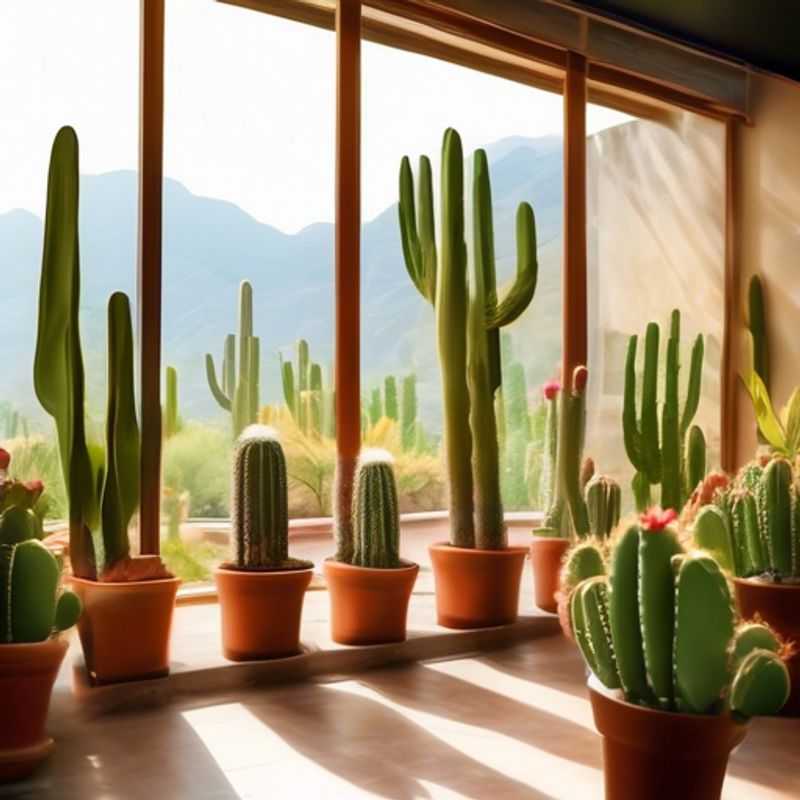
Prickly Pals: Choosing the Right Cactus for Your Indoor Oasis
Choosing the right cactus for your indoor space is like selecting the perfect houseplant – it's all about finding a match that thrives in your environment and complements your style. First, consider the size you're aiming for. A small cactus like a mammillaria might fit perfectly on a desk or shelf, while a larger one like a barrel cactus might require a dedicated corner.
Next, assess the lighting in your space. Cacti love bright, indirect sunlight, so make sure your chosen spot receives at least 6 hours of light per day.
Finally, consider your personal taste and the overall aesthetic you want to achieve. Do you prefer a spiky, dramatic look or something more delicate and sculptural? The world of cacti offers an incredible variety of shapes, sizes, and textures to choose from, so you're sure to find one that fits your personality and home décor.

Cactus Care 101: Knowing Your Species
Cactus care is surprisingly nuanced! Each species has its own unique needs, making research crucial. Here's what you need to know:
Water: This is the most common mistake. Cactus don't need much water, especially during winter. Too much water can lead to root rot. Check your specific cactus' needs for watering frequency and amount.
Sunlight: Cacti love the sun! Most thrive in bright, direct sunlight. However, some species prefer partial shade. Research this for your chosen cactus.
Soil: Cactus need well-draining soil. They don't like to sit in wet soil. You can find specialized cactus potting mix or create your own with a blend of sand, gravel, and potting soil.
Fertilizer: Cactus don't need much fertilizer. They can actually get burned from too much. Use a balanced, diluted fertilizer during the growing season (usually spring and summer).
Repotting: Cacti grow slowly, so repotting is not often needed. Repot when the plant becomes rootbound (roots grow out of the drainage holes).
Pests and Diseases: Like any plant, cacti are susceptible to pests and diseases. Be aware of common cactus issues, like mealybugs and fungal diseases.
Remember, every cactus is unique! The information above provides general guidelines, but always research the specific requirements of your chosen species to ensure its health and happiness.
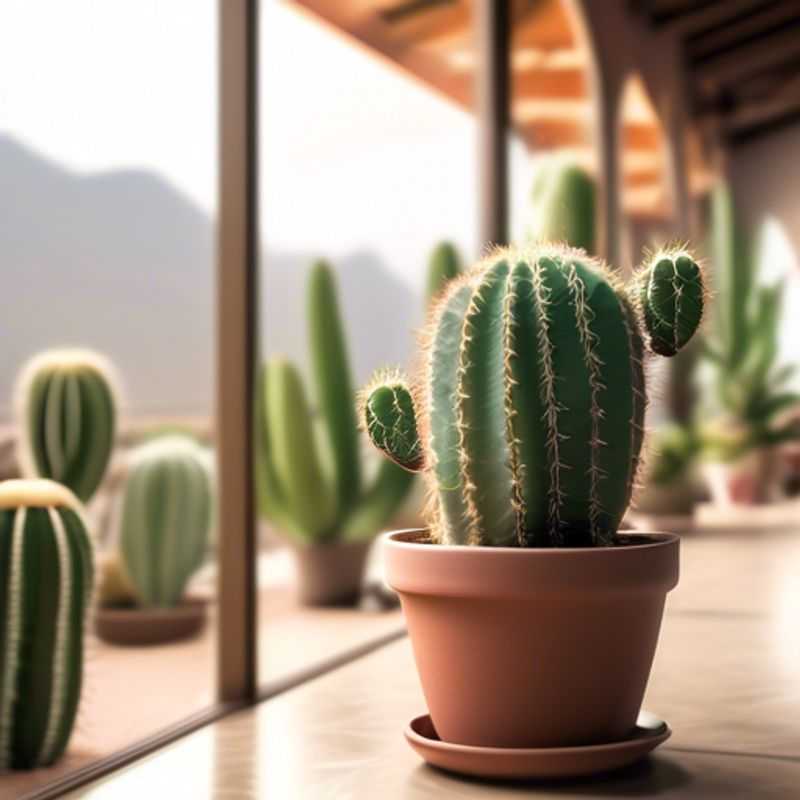
Sunshine for Your Spiky Friend: Ensuring the Right Light for Your Cactus
Cacti are succulents that thrive in sunny, dry environments. When bringing a cactus indoors, it's crucial to provide it with the appropriate amount of sunlight. Without enough sunlight, your cactus may become leggy, pale, and weak.
The best spot for your cactus is a south-facing window, as it receives the most direct sunlight. If you don't have a south-facing window, you can place your cactus in an east- or west-facing window, but be aware that it may need supplemental lighting during the winter months.
To assess whether your cactus is receiving enough sunlight, observe its growth. If it's growing towards the light, it's likely not getting enough. If it's growing upright and strong, it's probably receiving enough sunlight.
If you're concerned that your cactus isn't receiving enough sunlight, you can supplement with a grow light. Grow lights are designed to mimic natural sunlight and can provide the necessary light for your cactus to thrive.
Be mindful of your cactus's specific needs. Some cacti prefer more sun than others, so it's important to research your particular species.
Remember, providing your cactus with the right amount of sunlight is crucial for its overall health and well-being. By observing your cactus's growth and providing supplemental light when needed, you can ensure it thrives in your home. Happy gardening!
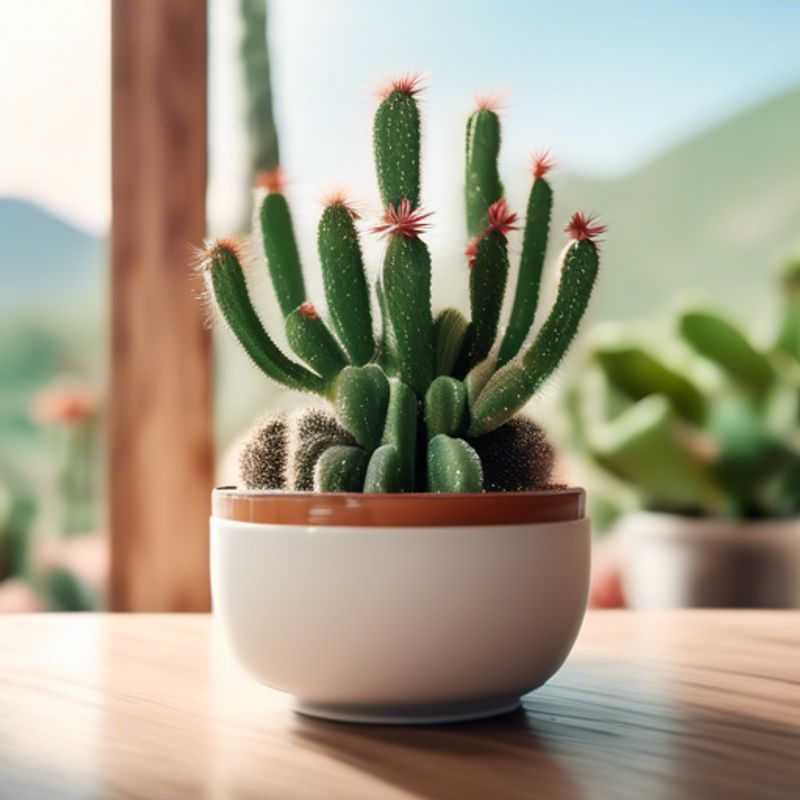
Cactus Care 101: Mastering the Art of Watering
Cacti are known for their resilience and ability to thrive in arid environments. They are adapted to store water in their stems, leaves, and roots. Understanding their specific needs is key to their health and longevity.
The most crucial aspect of cactus care is proper watering. Overwatering is a common mistake that can lead to root rot and death. Cacti prefer a "soak and dry" approach.
Here's a simple guide:
1. Thorough Soaking: When you water, ensure the soil is thoroughly soaked. Allow the water to drain freely from the pot's drainage holes.
2. Drying Period: Allow the soil to completely dry out between waterings. This could take a few days to a couple of weeks, depending on the size of the pot, the cactus type, and the surrounding temperature.
3. Frequency: Watering frequency varies with season and climate. During the growing season (spring and summer), water more frequently. In winter, when the cactus is dormant, you may need to water only once a month or even less.
Use your finger to test the soil moisture before watering. If the soil feels dry, it's time to water.
Important Tips:
• Use a well-draining potting mix designed for cacti and succulents. Avoid overly compact soil.
• Choose pots with drainage holes to prevent waterlogging.
• Avoid watering your cacti directly from above. It is best to water from the base of the pot to prevent water from accumulating in the crown of the cactus.
• Water in the morning to allow the soil to dry as much as possible during the day.
Remember, each cactus species has slightly different water requirements. Always research your specific cactus type for the most accurate information. With proper care, your cactus will thrive for years to come.
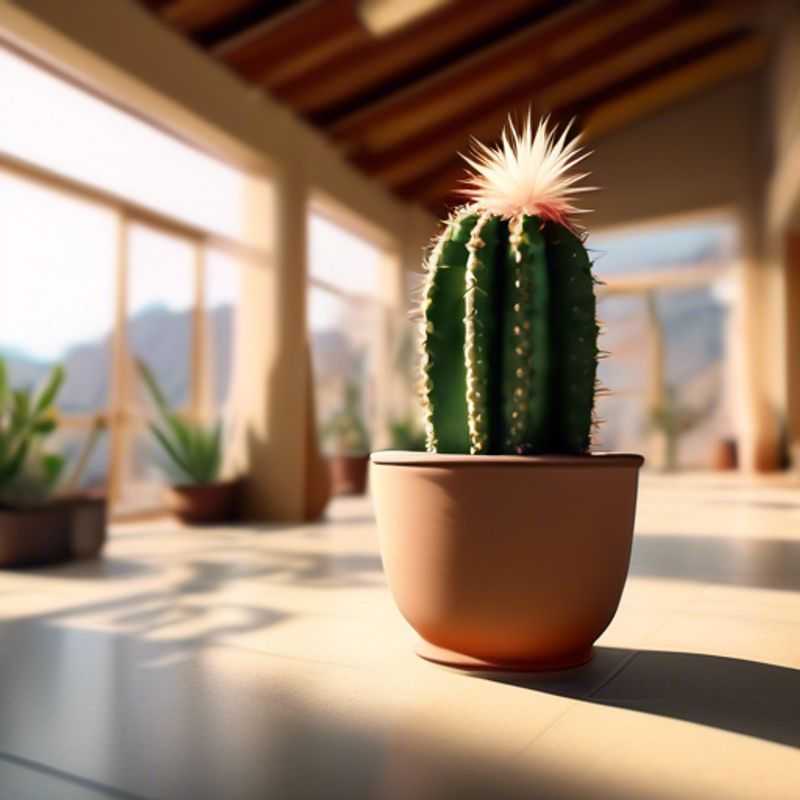
Cactus Care 101: Protecting Your Prickly Friends from Pests and Diseases
Indoor cacti, while hardy, are still susceptible to pests and diseases. Early detection is key to preventing major issues and ensuring the health of your prickly companions.
One common pest is the mealybug, recognizable by their white, cottony masses. They can be controlled with a mild soap solution or insecticidal soap, but for severe infestations, consider using a systemic insecticide.
Another frequent visitor is the spider mite, tiny creatures that spin webs and suck sap from cacti. Look for fine webbing and yellowing, and combat them with insecticidal soap or neem oil. Regularly misting your cacti can help deter these mites.
Diseases like root rot are a serious threat, caused by overwatering and poor drainage. Ensure your pot has drainage holes and use a well-draining potting mix. If you suspect root rot, repot the cactus in fresh soil and allow it to dry thoroughly before watering again.
Fungal diseases can also affect cacti. Look for brown or black spots, and treat them with a fungicide. Improving air circulation around your plants can help prevent fungal growth.
Lastly, bacterial infections can cause soft, mushy spots. These are difficult to treat, so prevention is key. Avoid overwatering, ensure good ventilation, and use sterile tools for repotting.
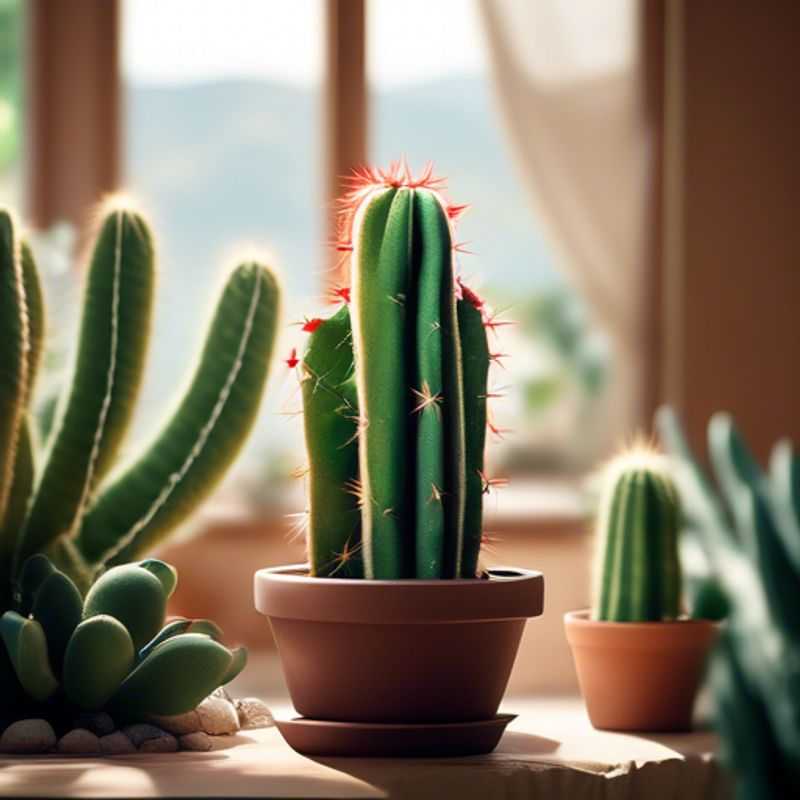
Cactus Soil: Getting the Mix Right for Thriving Prickly Friends
To prepare the right type of well-draining potting soil for your cactus, it's essential to understand the unique needs of these hardy plants. Cacti thrive in environments where excess moisture is minimized, making well-draining soil crucial for their health. Start by mixing one part potting soil with one part coarse sand or perlite. This combination ensures that water drains quickly, preventing root rot. Additionally, adding small gravel can further enhance drainage.
When purchasing materials, consider the cost of high-quality potting soil, which typically ranges from $5 to $20 per bag, depending on brand and quantity. Coarse sand or perlite may cost around $5 to $15 per bag. If you opt for pre-mixed cactus soil, prices can vary from $10 to $25. Remember that investing in the right soil mix will significantly impact the overall health of your cactus.
Lastly, ensure your pot has adequate drainage holes. This is a vital step in preventing water accumulation. By following these simple guidelines, you can create a suitable environment for your cactus to thrive and flourish.

Planning for Growth: Choosing the Right Cactus for Your Space
Choosing the right cactus for your space means considering its growth habits and potential size over time. Different cactus species have varying growth rates and mature sizes. Some are compact and slow-growing, while others can become quite large and sprawling. Knowing this can help you avoid overcrowding or having to relocate your cactus later.
Researching your chosen cactus variety is crucial. Look up its mature size, typical growth rate, and whether it's a columnar, clumping, or branching type. This information will help you plan for its future size and ensure it has enough space to thrive.
Remember, cacti are living organisms that need room to grow. It's essential to select a pot that's appropriately sized for your cactus, taking into account its potential growth. Repotting your cactus into a larger container every few years will ensure it has sufficient space to flourish.
While it's usually better to err on the side of a larger pot, you should always consider your space limitations and the mature size of the cactus. This approach helps prevent you from having to relocate it repeatedly.
Planning for the future growth of your cactus requires considering its mature size, growth rate, and the amount of space you have available. These factors will guide your selection of a suitable cactus variety, pot size, and long-term care plan.
